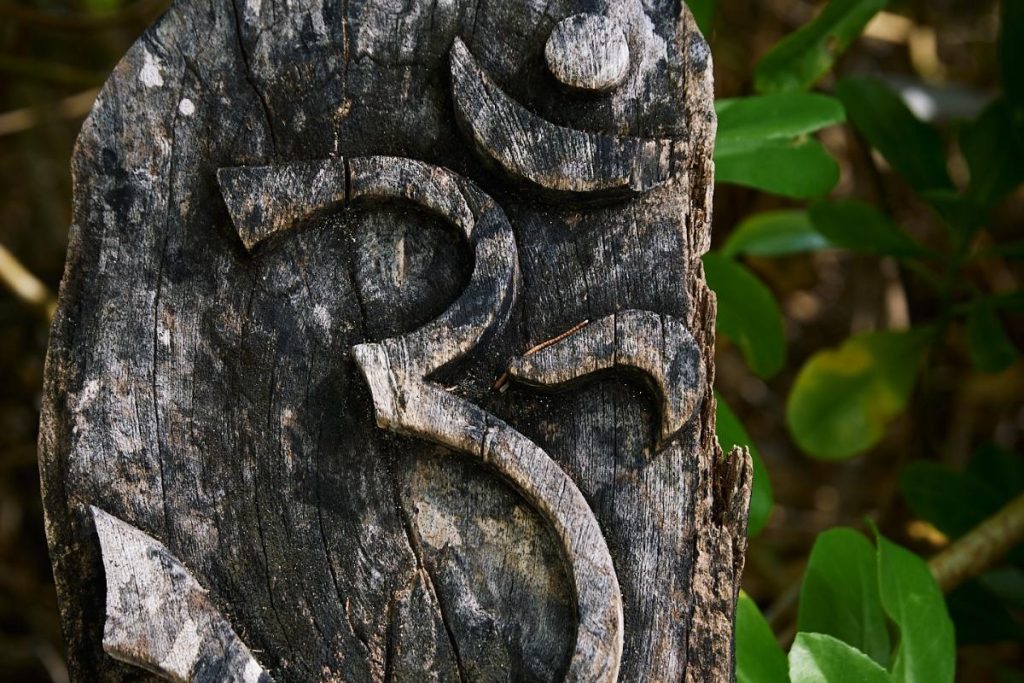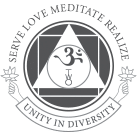Sivananda Bahamas Blog
Expand Your Horizons …
Our Blog
The Power of Sacred Sounds: How to Use Mantra to Cultivate Balance
Since time immemorial, humans across all creeds, systems, nations have used the repetition of certain words or sounds to foster balance in the mind, cultivate a peaceful sense of being, and ward away the trauma of external circumstances. The use of Sanskrit mantras to still the mind isn't anything new; the yogis have been famously using these sacred sounds to bring balance back to their bodies, minds, and spirit for thousands of years.
The long use of Sanskrit mantras continues into the modern day; this ancient practice can bring incredible benefit to your own life and is easy to incorporate into the busiest of schedules. Read more to discover how to uplift yourself with mantra and how to use and incorporate mantra practices (such as kirtan, meditation with a japa mala, etc.) in your daily life so that you too can experience profound benefits for energy, concentration, and mental health.
Sanskrit Mantras: Sacred Sounds that Use Vibration to Bring the Body back into Balance
What is a mantra and why chant it in Sanskrit? Mantra (मन्त्र) or mantram (मन्त्रम्) means that which protects the mind. The word mantra is derived from the Sanskrit words manas, meaning mind, and tra, meaning deliver. It can thereby be translated as "a spiritual sound vibration that delivers the mind from its material conditioning and illusion". Put simply, mantra is a protective shield that may be summoned with the utterance of a single word.
The use of a mantra in practice entails the repetition of a sacred utterance, numinous sound, syllable, word or phonemes, or group of words. This repetition can be done silently, as in silent meditation or during japamala (prayer beads) meditation, aloud, or during the call-and-response of kirtan (joyful chanting, often communal).
Mantra offers a psychosomatic route to physical and intellectual wellbeing. When we repeat mantra, we still the mind. We create a space for one-pointed focus, the collection or concentration of the mind known as dhāraṇā (धारणा). In this one-pointed concentration, we are at peace. Emotions melt away from our awareness. We forget about past worries and disturbances, we forget about future plans and desires. We exist solely in the present moment and in that present moment we find complete bliss and presence.
There is an added benefit of chanting mantras aloud or singing them during kirtan: when we do so, we vibrate the vocal cords. This vibration resonates throughout the whole body, creating a frequency that helps us manage our energy.
We can use cymatics or the study of wave phenomena, especially sound, and their visual representations, to begin to understand the profound effects of vibration on our own human bodies. The famous case of the chladni plates, where sand was scattered on plates and the plates were vibrated at different frequencies, has been replicated by humans many times over.

The Power of The Universal Mantra OM
All mantras originate from the primordial sound OM, the sound of creation. It is said that chanting OM (pronounced AUM) induces vibrations within the body that are synchronous with the natural vibrations of the cosmos, Infinite Intelligence, and Ultimate Reality. As these vibrations permeate our being, they create a sense of oneness with all. In its entirety, OM represents the creation, preservation, and dissolution of the Universe.
How to Chant Om
Take a deep breath in. Begin the chanting of OM (or AUM) by emphasizing the syllable A at the solar plexus chakra, near the diaphragm. Allow the sound to progress and the syllable U to sustain the mantra through the chakras of the heart, throat, and third eye. Finally, feel the mantra reach the crown, sensing it dissolve at the crown chakra as it develops into its concluding syllable "M".
Broken down as the sound AUM, the mantra OM is said to stand for:
-
- The 3 different conditions or states of consciousness: waking, dreaming, and deep sleep.
-
- The 3 deities in charge of the creation, preservation, and destruction of reality or the Universe: Brahma (creation), Vishnu (preservation), and Shiva (destruction).
-
- The 3 original Vedic scriptures: Rg, Yajur, and Sāma.
-
- The 3 worlds: earth, atmosphere, and ether.
-
- The 3 aspects or tenses of time: past, present, and future.

Popular Mantras and Their Uses: How to Incorporate Mantra Practices into Your Daily Routines
OM is the universal mantra. Its meaning encompasses the world; it can be used by all and towards many purposes. From OM, the yogis have derived many other mantras that still prove popular today. Most of these mantras are directed towards a specific Hindu deity. Deity-specific mantras are incredible to chant because they immediately conjure a specific image and purpose in mind. For example, mantras involving Ganesha's name, the elephant-headed God and Lord that is known as the remover of obstacles, are ideal for problem-solving. They act as prayers and vibrate on the same energetic frequency as that of solutions, helping to attract abundance and ease into your life, clearing any paths you must tread that rest before you.
To get the most use of a mantra, it is best to use the mantra regularly in a practice. Some effective mantra practices include kirtan, the act of communal chanting accompanied by vibrant instruments, and japa mala, the act of repeating the mantra while using beads (typically, a set of 108 beads in necklace form or 27 beads in bracelet form). If you are new to mantra practices, it is easier to chant the mantra aloud. Chanting the mantra aloud also has profound benefits on the physical level, as the vibrations of the sacred sounds vibrate our vocal chords.
Once you feel comfortable with the pronunciation of your mantra, you can start to repeat the mantra silently with your lips moving. Once this feels comfortable, you can repeat the mantra silently in your mind while remaining completely still. We recommend keeping your eyes closed or fixed on the image of the deity associated with the mantra. You can also use an element or object that evokes the themes of the mantra—for example, a book for Saraswati, the goddess of knowledge, music, and art; or a pink lotus for Lakshmi, the goddess of beauty and abundance.
Whatever you choose, it's important that the image, object, or element resonates with you. Above all, it is vital that when you chant or repeat your mantra silently, you do so with feeling. While repeating the mantra monotonously and in a muted banner still has benefits, adding feeling to the process triples not only the positive effects on your mind, it imprints more readily as a habit.

Mantras for Japa: Effective Sanskrit Mantras and their Meanings
Below you will find excerpts regarding the first 3 mantras listed for japa (there are dozens) from Swami Vishnudevananda's excellent manual on mantras titled Meditation and Mantras.
- OM Sri Maha Ganapataye Namah
- Prostrations to the great Lord Ganesha
- OM is the original, most powerful Mantra sound. It is a part of almost every other Mantra, and serves to invoke pure supreme vibrations.
- Sri is a title of reverent respect.
- Maha means great.
- Ganapati is another name for Ganesha who is symbolized as the elephant-headed god, representing strength and fortitude. He is the remover of obstacles and bestower of success.
- OM Namah Sivaya
- Prostrations to Lord Siva
- Siva is the lord of ascetics and recluses. He is part of the Hindu Trinity. Brahma and Vishnu, the other two parts, are associated with creation and preservations, respectively.
- Siva, the Cosmic Dancer, presides over the destructive energies which break up the universe at the end of each age. This is the process of the old making way for the new.
- In a more personal sense, it is Siva's energy by which one's lower nature is destroyed, making way for positive growth.
- OM Namo Narayanaya
- Prostrations to Lord Vishnu
- Narayana is a name of Vishnu, the Preserver of the world. After the Creation, it is the energy of Vishnu which maintains order to the universe.
- It is Vishnu who regularly takes on a human form and incarnates on earth to benefit mankind.
- People who are closely involved in the running of the world and maintaining the harmony of life are drawn to this aspect of God.









One thought on “The Power of Sacred Sounds: How to Use Mantra to Cultivate Balance”
Stephanie Gemmell
Hello,
I find chanting ‘Om namah Shivaya’ to be dry. I struggle to complete 108 repetitions. However I find chanting ‘namahshivaya'(omitting the ‘om’) to be a delight and can do 1080 repetitions with ease. Is this method acceptable or should I force myself to chant ‘ om namah Shivaya’?